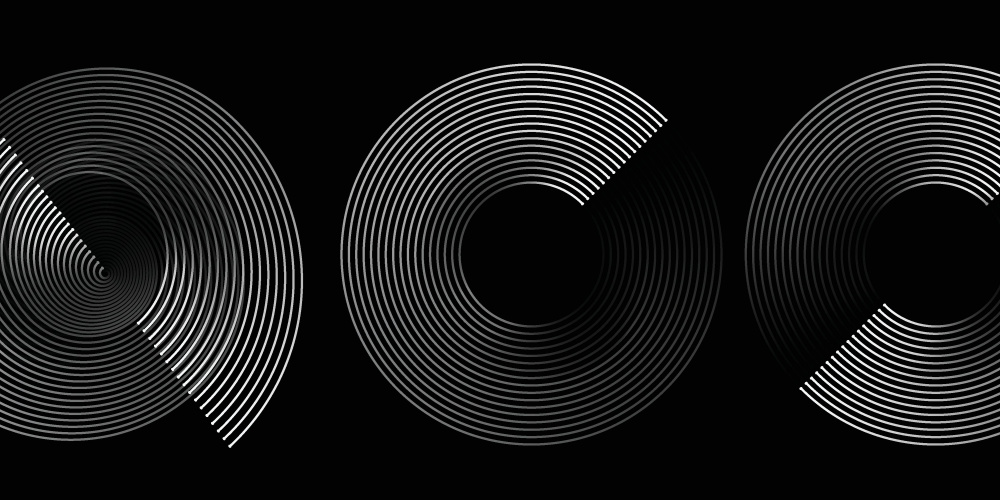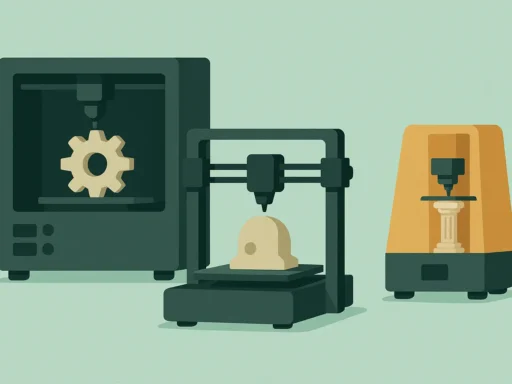Researchers from the Max Planck Institute for Medical Research and the University of Heidelberg have pioneered a novel bioprinting technology using sound, marking a significant stride in creating cellular structures like tissues and organs.
Leveraging acoustic holograms, the team initially crafted 2D shapes with sound fields. Their innovative leap was mastering the shaping of objects via high-frequency ultrasound. These sub-millimeter wavelength waves proved adept at manipulating diverse materials, including biological cells and glass.
Observers, upon first interacting with the technology, only discerned its 3D prowess when facing it head-on, revealing detailed visuals of bio-ink structures. Notably, the 3D effects made cells seem almost outside the platform’s confines. Best viewing experiences were noted between 8 and 15 feet.
Kai Melde, the study’s chief contributor, said, “Our ultrasound technique assembles microparticles into 3D objects swiftly.” Professor Peer Fischer added that this method bodes well for bioprinting, especially given the sensitivity of cells during the process. The team views their breakthrough as monumental for biomedicine.
Yet, challenges loom. The booming bioprinting market, currently at $5.3 trillion and projected for robust growth by 2030, contends with pressing demands for chronic disease solutions and organ transplant shortages. The steep pricing of $10,000 to $20,000 might deter potential backers.
Meanwhile, the researchers aim to devise an app for easier access. Intriguingly, the high-resolution 3D models have potential as platforms for non-fungible tokens (NFTs), offering a fresh avenue for those entrenched in the NFT realm.





